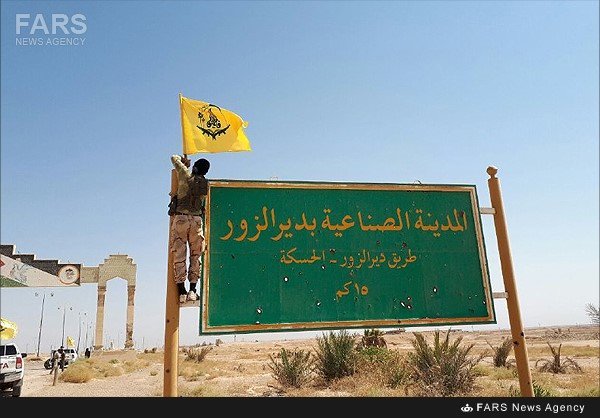
IRGC-led Afghan militiamen hoist flags in Deir Ezzor city
An Iranian-controlled Afghan Shia militia advertises its role in the battle for Deir Ezzor in eastern Syria.

An Iranian-controlled Afghan Shia militia advertises its role in the battle for Deir Ezzor in eastern Syria.
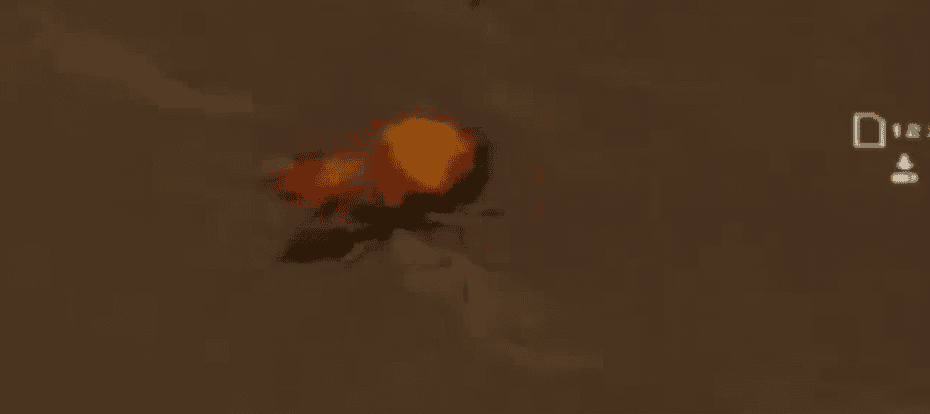
Iran’s Islamic Revolutionary Guard Corps (IRGC) has promoted its drone strikes against the Islamic State near the Iraqi border in Syria. The IRGC says the strikes were carried out as “revenge” for an Iranian soldier who was beheaded by the so-called caliphate.

The US-led coalition carried out an air strike to block Islamic State fighters from reaching eastern Syria after they were evacuated from Lebanon. As part of the deal, the Islamic State was to hand over the body of an IRGC fighter who has become a household name in Iran.
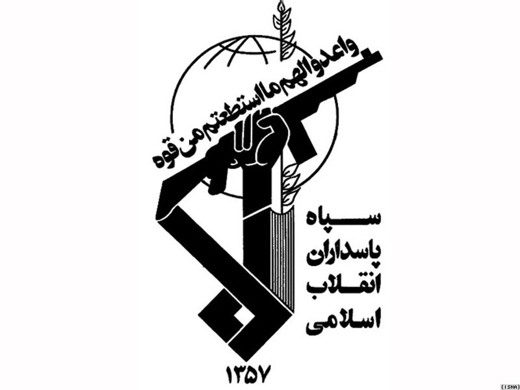
The milestone marks the first instance the US will designate the military branch of a foreign country for terrorism.
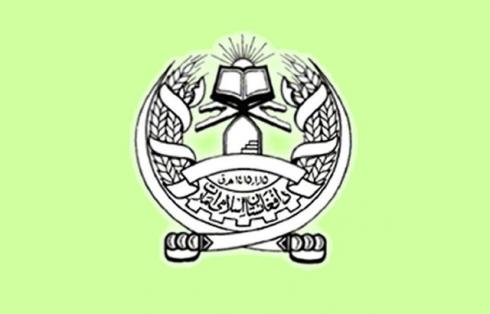
Mullah Mustafa, a Taliban commander who was targeted by the US military in an airstrike nearly a decade ago and who has links to Iran’s Islamic Revolutionary Guards Corp – Qods Force, remains a key player in the insurgency in central Afghanistan. He was involved in the Taliban takeover of a district in Ghor.
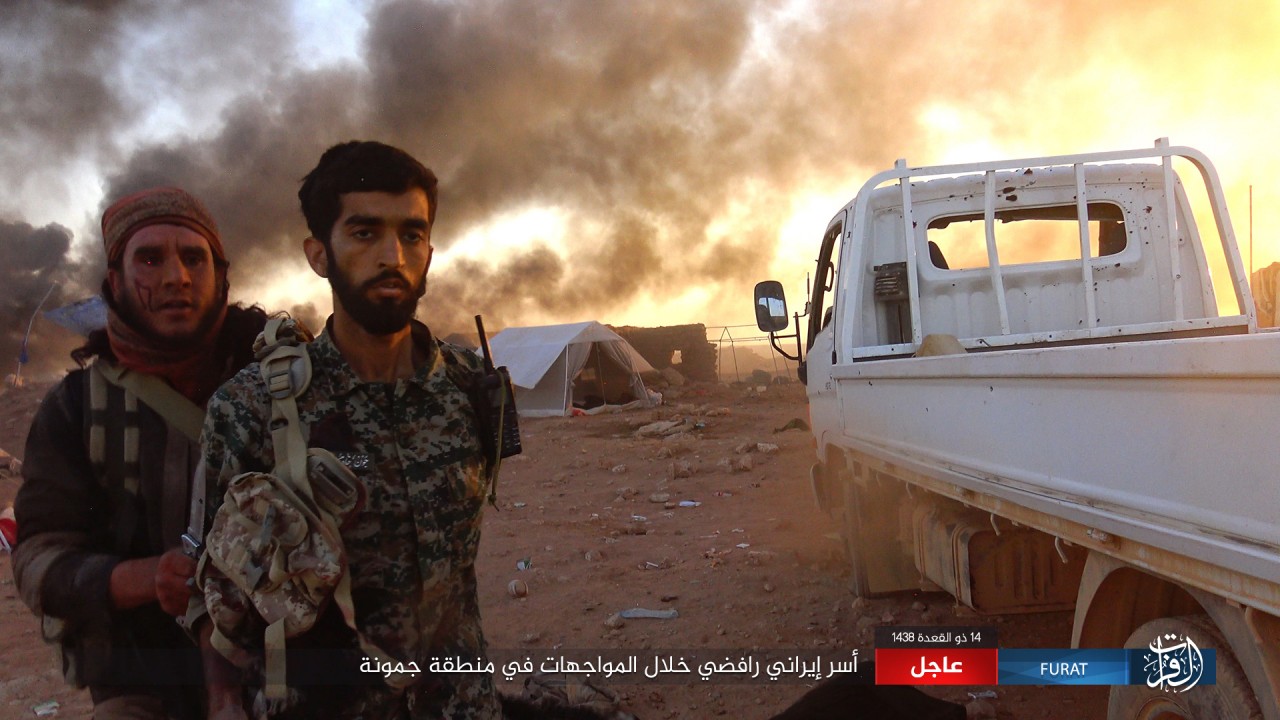
An Iraqi-Shiite militia controlled by Iran’s Islamic Revolutionary Guard Corps (IRGC) claimed yesterday that its forces came under fire from American artillery shells in the vicinity of Jamouna, Syria. A US Defense spokesman rejected the allegation. The Islamic State posted footage of a raid in that area on the same day that shows the Shiite militia’s flag, strongly suggesting an attempt by the Shiite-jihadist militia to cover up an attack by the Sunni-jihadist group, muddy the waters and shift the blame to the United States.
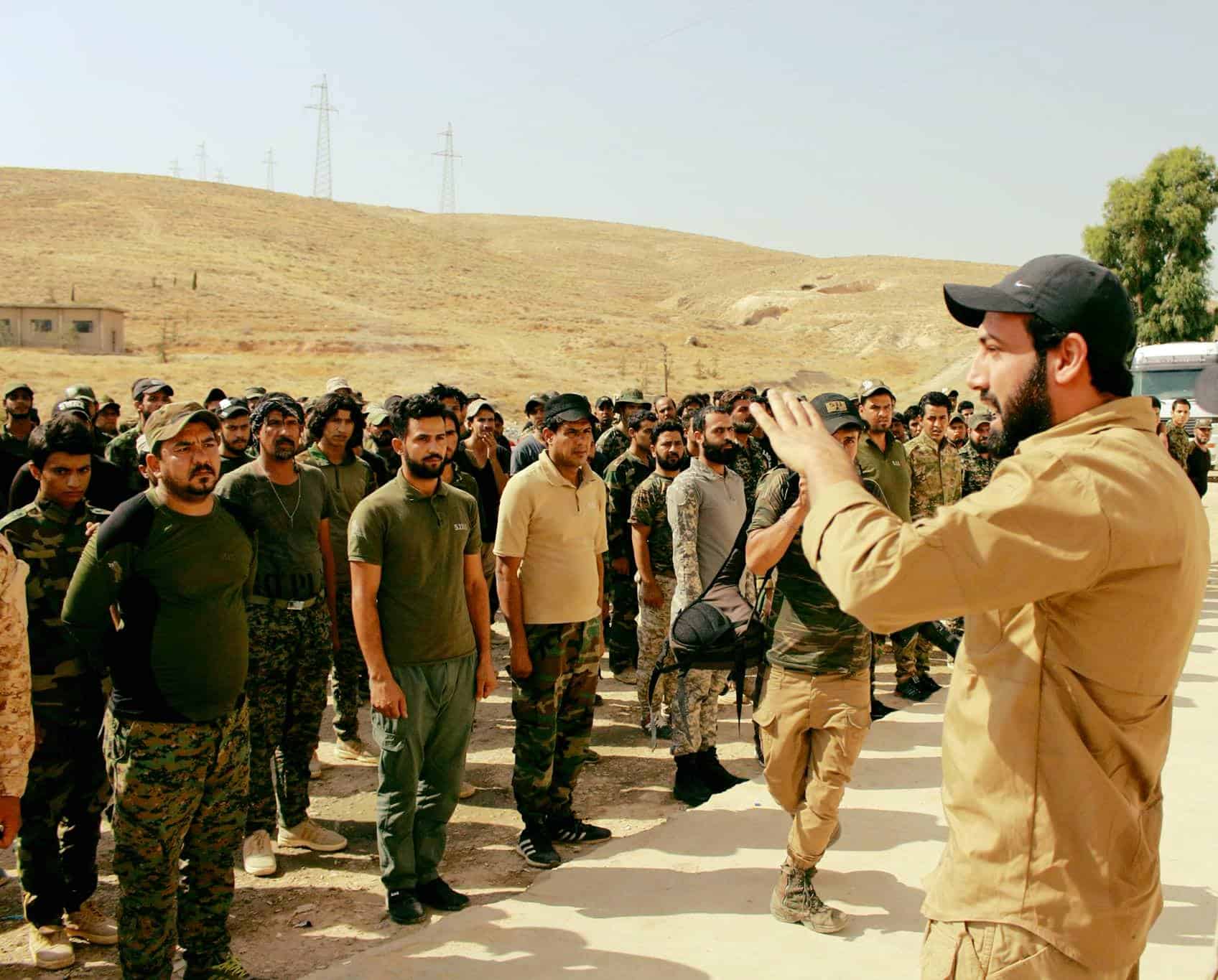
Kata’ib Imam Ali and Kata’ib al Sabriun join other IRGC-controlled Iraqi Shia militias training inside Syria.
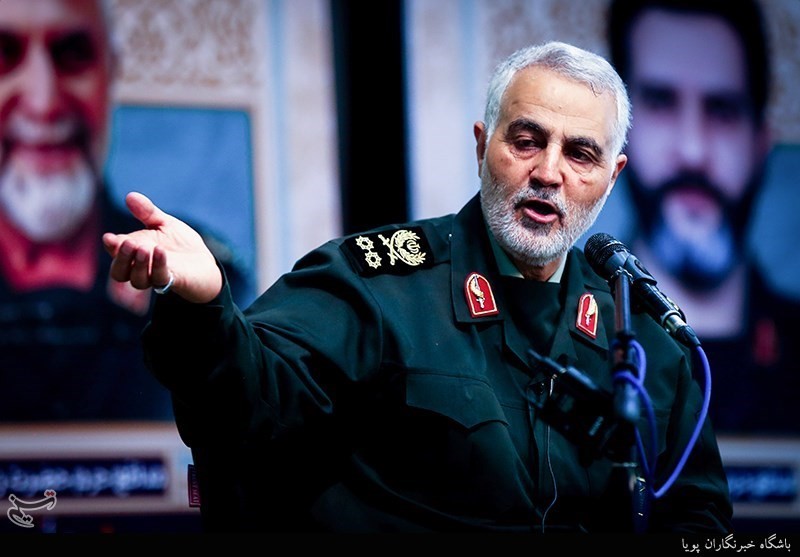
The Islamic Republic of Iran and its Islamic Revolutionary Guard Corps (IRGC) are running a propaganda campaign to appropriate victory in Mosul and the broader war against the Islamic State as their own, while omitting US military support, which has been critical in the campaign.
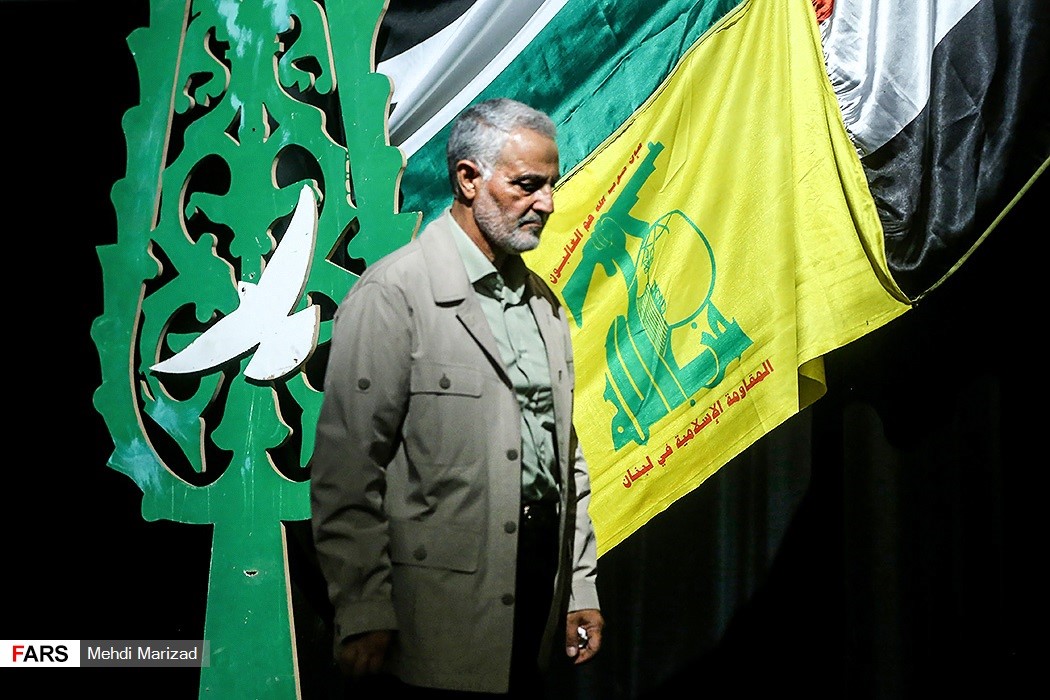
At a July 10 ceremony commemorating a Revolutionary Guard commander recently slain in Iraq, Major General Qassem Soleimani hailed victory in Mosul against the Islamic State. Addressing the crowd with the flags of the Islamic Republic, Lebanese Hezbollah, Palestine and Iraq draped behind him, the Qods Force chief praised Iraqi actors, as well as Iran’s material and combat support to Iraq during the war.
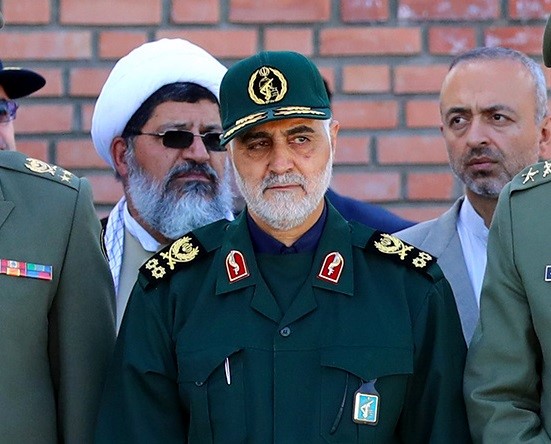
On July 3, Major General Qassem Soleimani, the chief of the Islamic Revolutionary Guard Corps’ (IRGC) Qods Force, spoke at an Iran-Iraq war veterans gathering in his home province of Kerman.
Soleimani praised the Islamic Republic’s decades-long effort to take the mantle of the Palestinian cause and boasted that Tehran’s influence in the Middle East has expanded as a result of the Syrian war. He excoriated Saudi Arabia, as well as domestic Iranian critics of the Guard Corps. And the general also lamented the drop in religious observance in Iran.
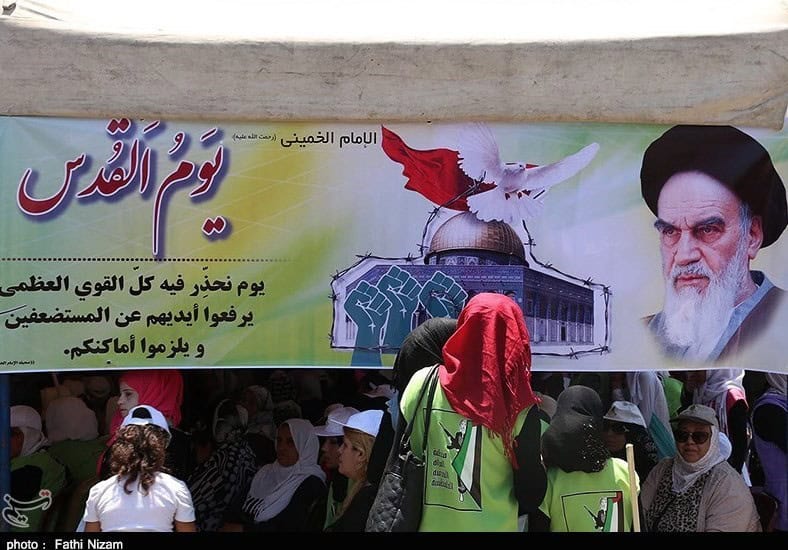
The Islamic Republic of Iran and its allies abroad on Friday commemorated Qods (Jerusalem) Day, an annual event held on the last Friday of Ramadan and established by Ayatollah Ruhollah Khomeini to express support for Palestinians and opposition to Israel. The regime has not shied away from reiterating its call for Israel’s destruction during the annual event.
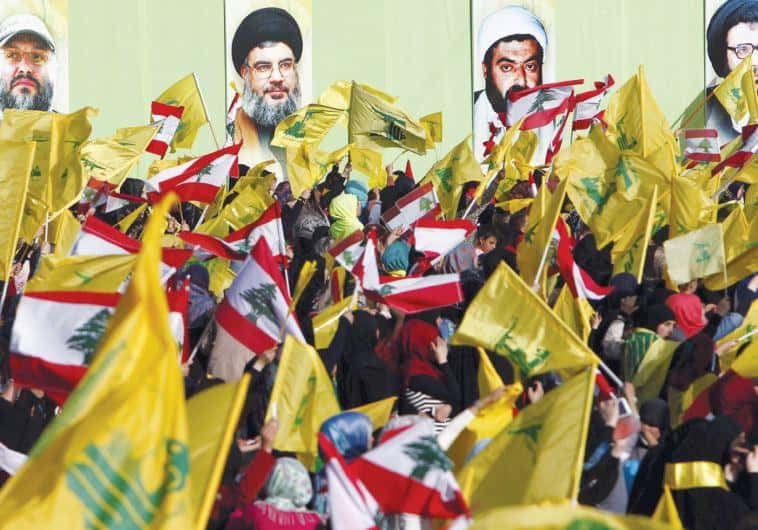
Earlier this month, the Department of Justice announced that two men, Ali Kourani and Samer El Debek, had been arrested and charged with carrying out various missions on behalf of Hizballah’s Islamic Jihad Organization. The IJO serves as Hizballah’s external operations wing, carrying out clandestine missions on behalf of Iran around the world. The complaints allege that Kourani and El Debek were both members of the IJO, which is ultimately controlled by Hizballah leader Hassan Nasrallah, who in turn reports “directly” to Iranian Supreme Leader Ali Khamenei.
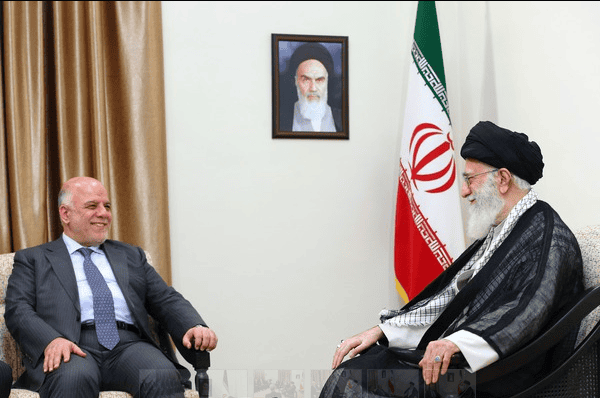
Iraqi Prime Minister Hayder al Abadi arrived in Tehran today to met with senior Iranian government officials, including Iranian Supreme Leader Ali Khamenei. The Popular Mobilization Forces (PMF) is an “important and blessed phenomenon,” Khamenei said. “The reason the Americans oppose the popular forces is because they want Iraq to lose its important factor of strength,” he added.
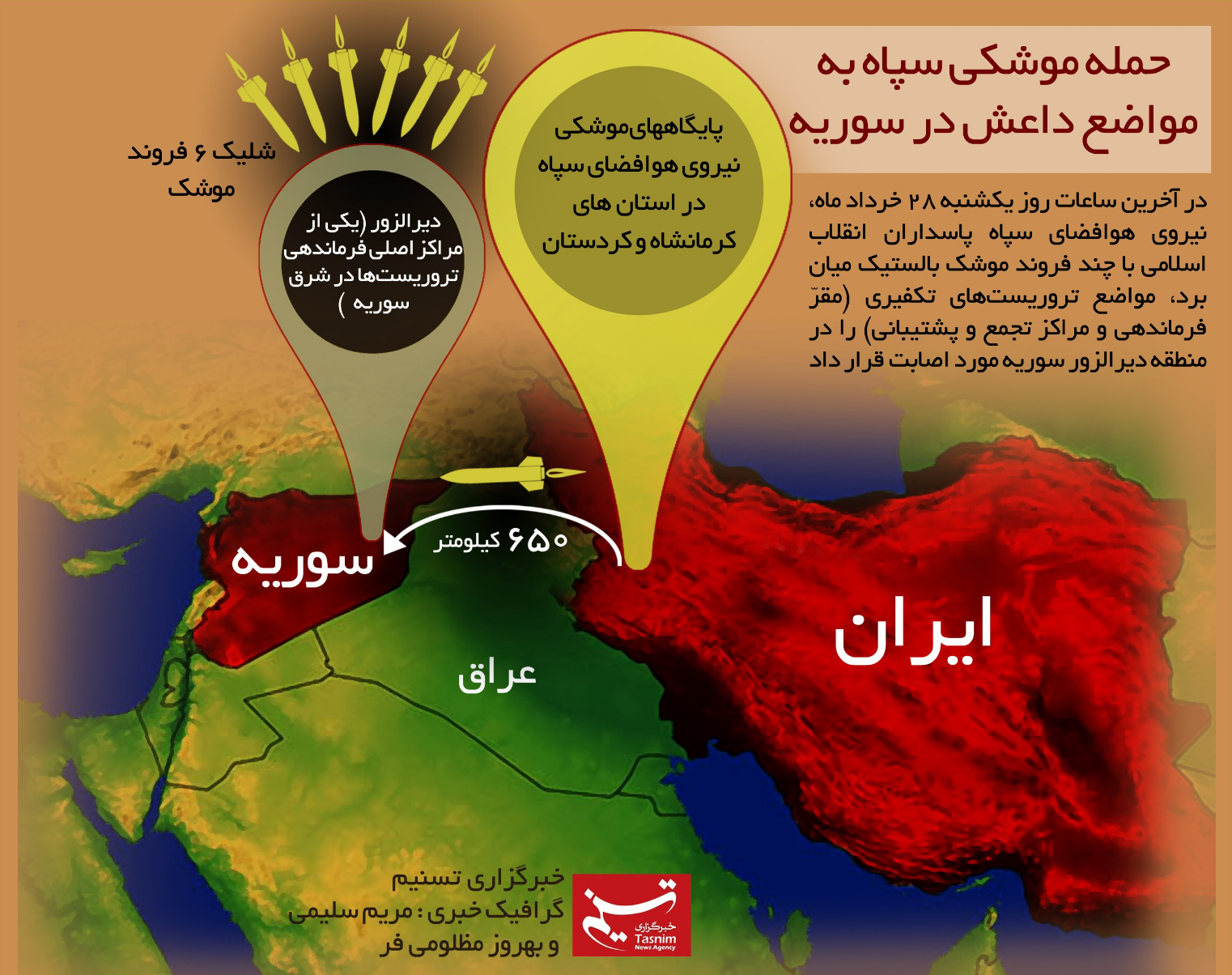
Iranian press outlets report that the Islamic Revolutionary Guards Corps (IRGC) has fired missiles from Iranian territory at the Syrian governorate of Deir ez-Zor in response to the recent Islamic State terror attacks in Tehran.
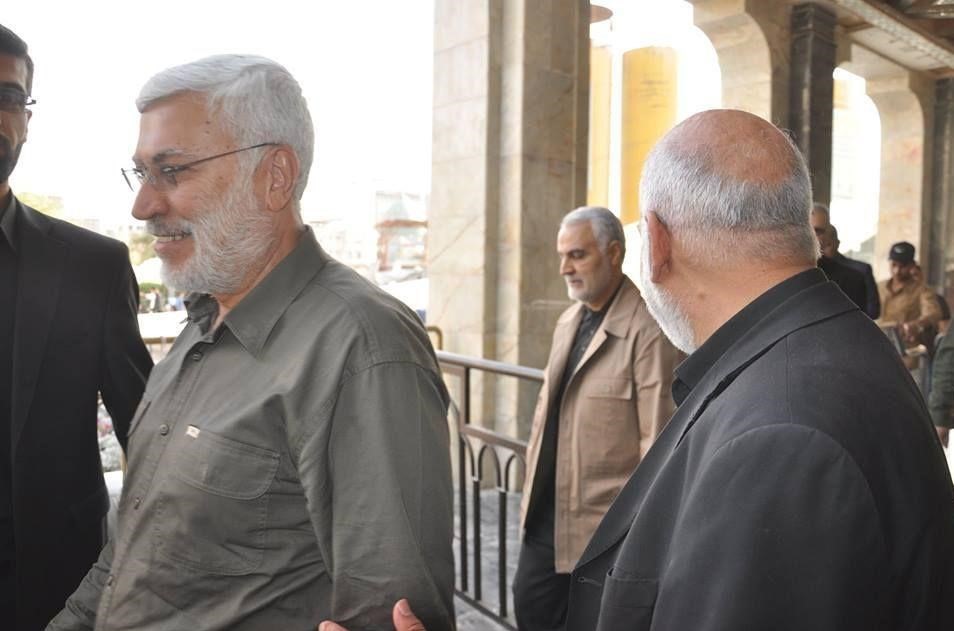
Yesterday, photos emerged on social media of Qassem Soleimani, the chief of the Islamic Revolutionary Guard Corps Qods Force, on a pilgrimage to the shrine of Imam Hussein in Karbala, Iraq, during a holy period in Ramadan. Soleimani was photographed next to his deputy Abu Mahdi al Muhandis, the operations commander of the Iraqi Popular Mobilization Force (PMF), which was enshrined into a legal and separate military corps last year, thus technically making Muhandis a government official.
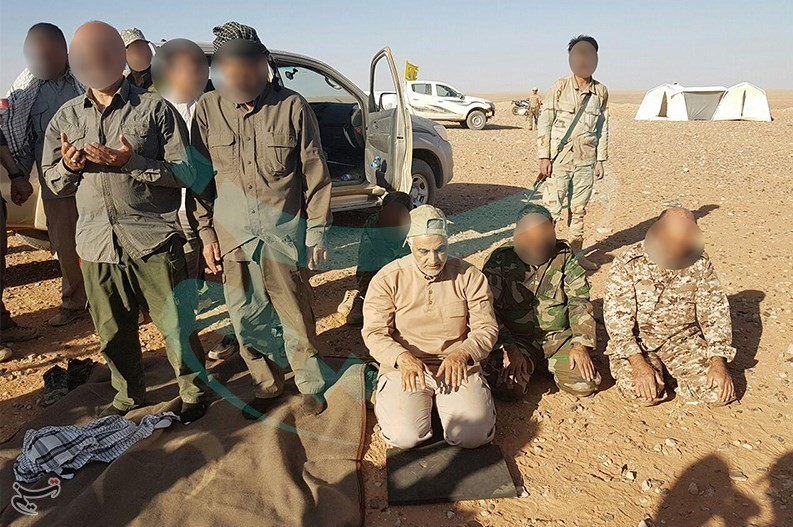
Today, Tasnim News Agency – a propaganda outlet affiliated with Iran’s Revolutionary Guard – posted photos of Qods Force chief Qassem Soleimani, allegedly by the Iraqi border in Syria. The precise location and date of the photo are unconfirmed.
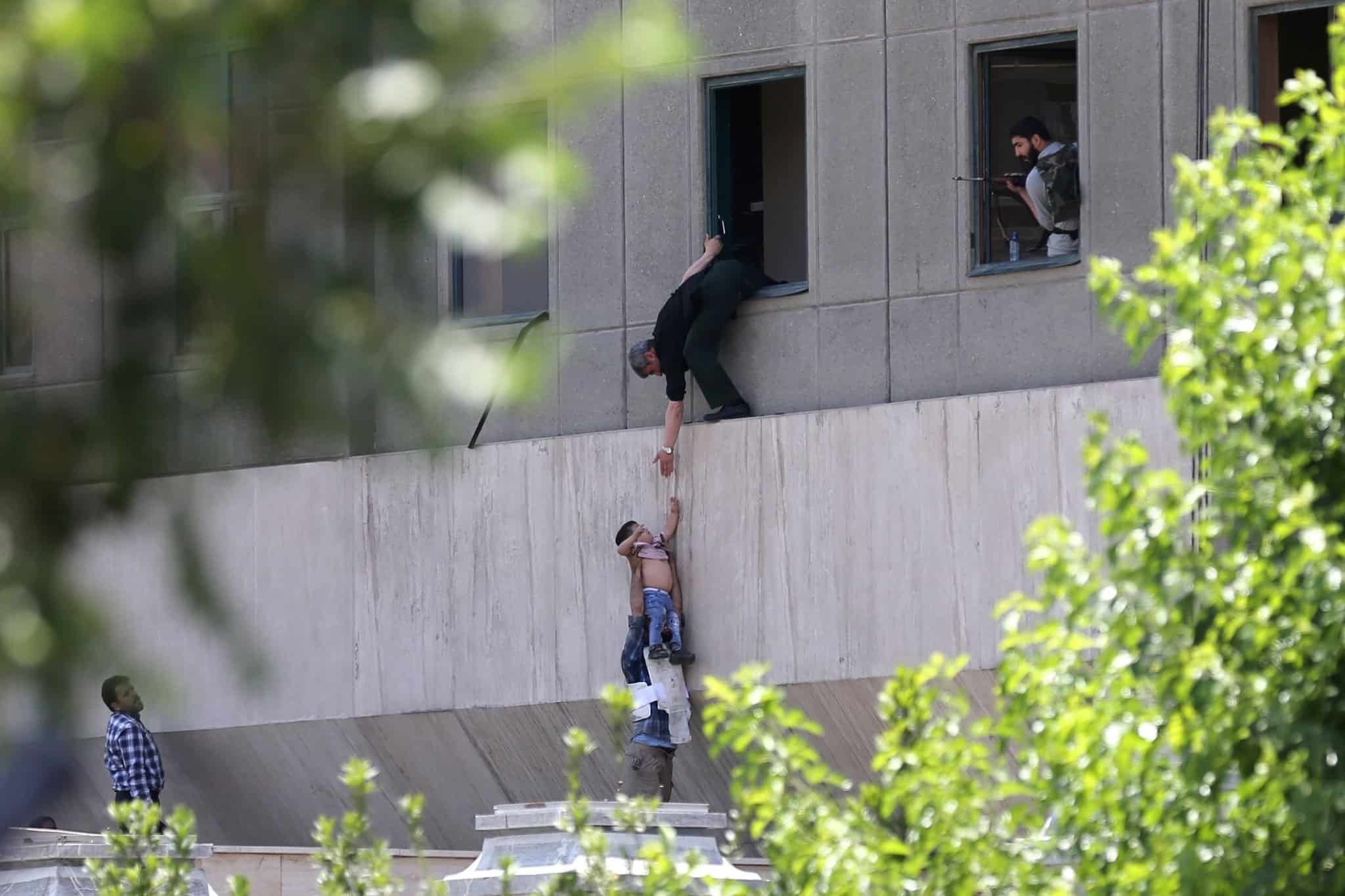
The Islamic Republic has scrambled to explain Wednesday’s Islamic State-claimed, twin terrorist attacks in Tehran, leading to contradictory statements highlighting confusion amongst government agencies. Select Iranian officials however, like Supreme Leader Ayatollah Khamenei, have attempted to downplay the severity of the attack in what appears to be an attempt to dissuade criticism.
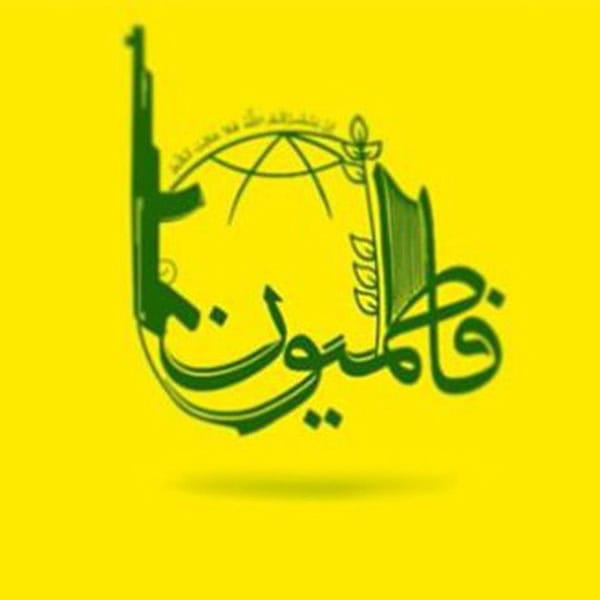
One day before Tuesday’s US airstrike in southeastern Syria, Iranian media announced the death of an Afghan militiaman in the vicinity of the Tanf military base, where coalition forces are training Syrian insurgents fighting the Islamic State.
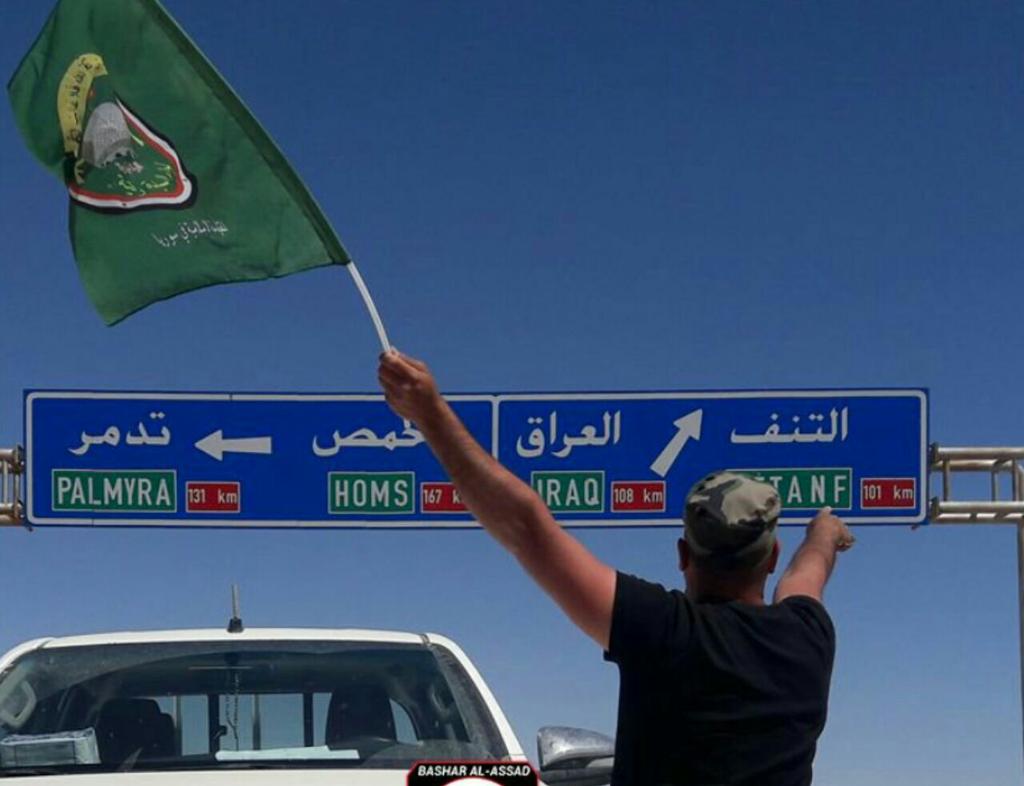
Major powers involved in the Syrian war are racing to maximize gains from the crumbling Islamic State in southern and eastern Syria. The continued advancement of pro-Syrian regime forces and Iranian-backed militias toward the US-held Tanf base – as well as the potential advance of both sides toward the Iraqi border area – raise the risk of further clashes that may draw in the US and Russia, though the latter has been unwilling to challenge US strikes against a pro-regime convoy and Syrian warplanes this year.
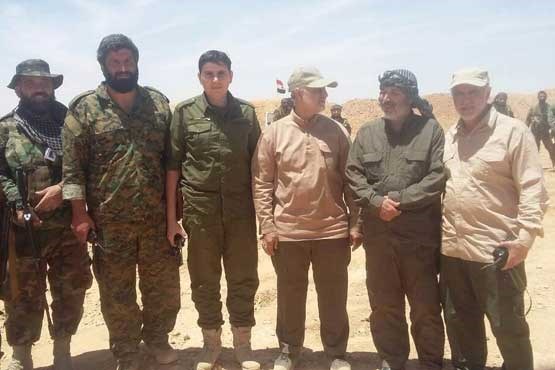
Major General Qassem Soleimani, the chief of the Guard Corps’ Qods Force, has been photographed allegedly with Iranian-backed Iraqi militias of the Popular Mobilization Forces (PMF) in the northwestern countryside of Iraq near the Syrian border. The photo’s precise location and date are yet unconfirmed; however it surfaced on May 29.
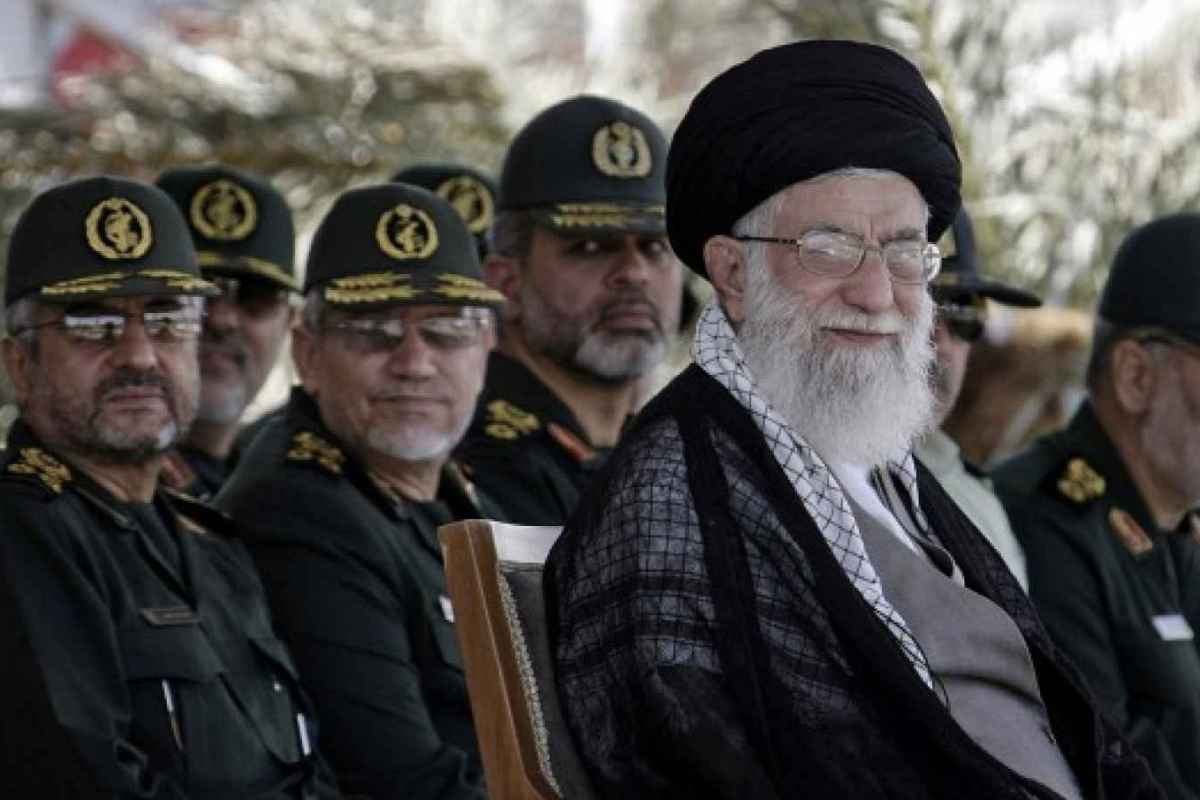
Iranians head to the polls today to choose between “bad and worse” in yet another unfair-and-unfree presidential election. The primary challenger, Ebrahim Raisi – who is considered a frontrunner to succeed Supreme Leader Ali Khamenei – has received the support of the Islamic Revolutionary Guard Corps – the protector of Ayatollah Ruhollah Khomeini’s Islamic revolution that has long cast a dark shadow over the country.
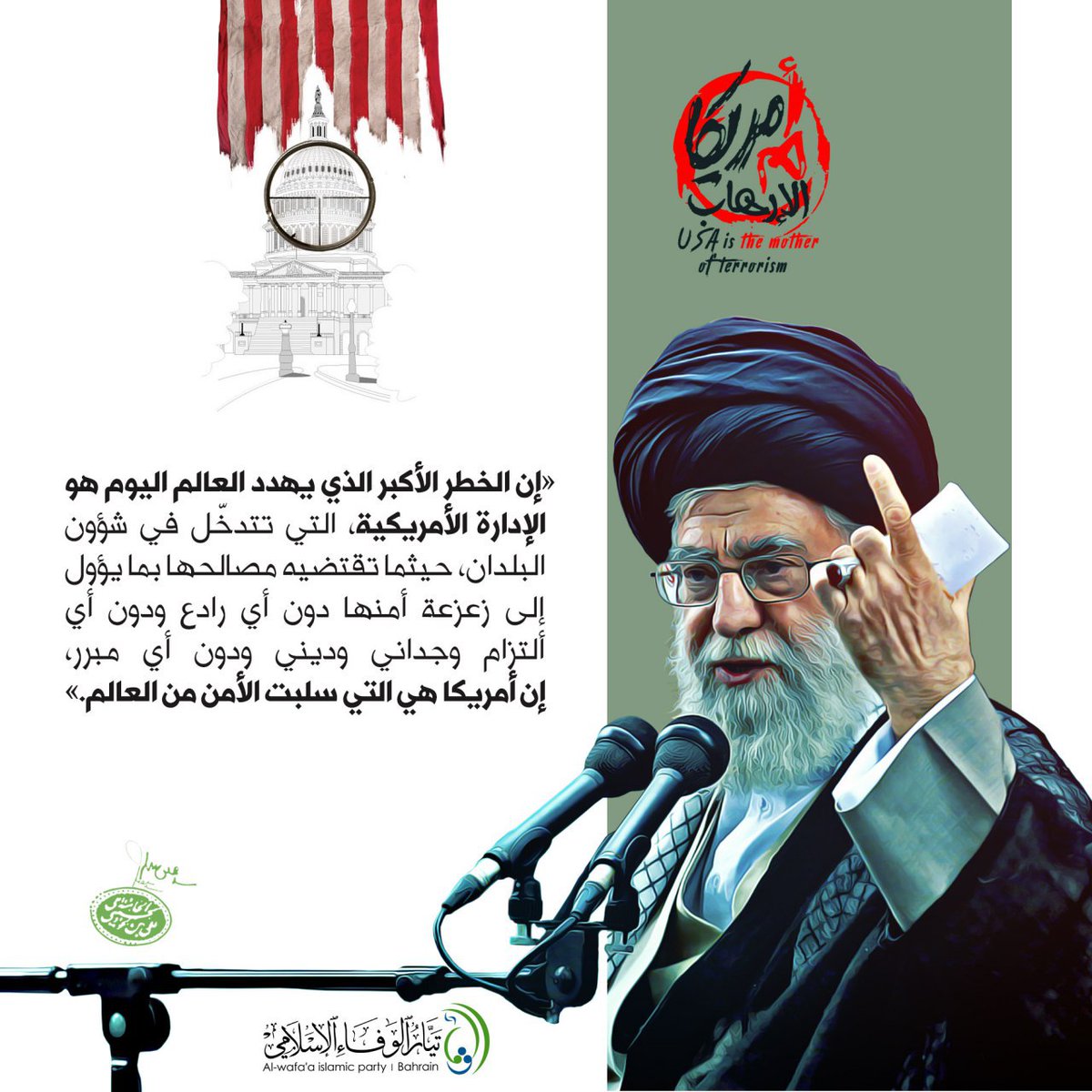
The US targets a Bahraini extremist living in the Islamic Republic of Iran.
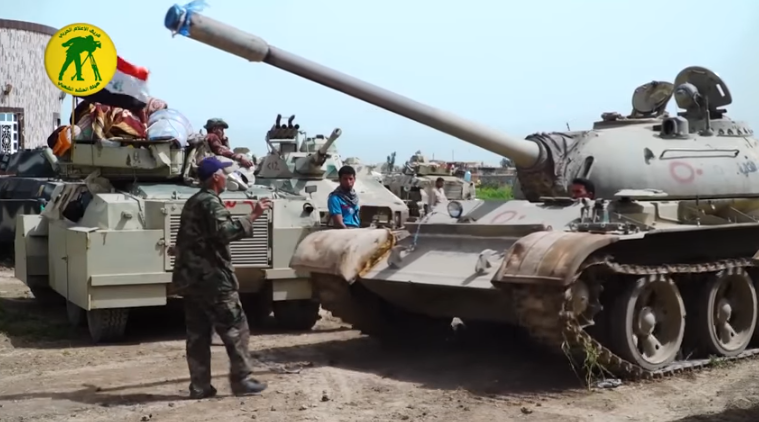
Backed by the Iraqi air force, The Popular Mobilization Forces (PMF), the umbrella organization of diverse militias, launched an offensive this week in Nineveh Province, southwest of Mosul, to capture territory from the Islamic State. Iran’s Islamic Revolutionary Guard Corps (IRGC) has embedded operatives in the PMF.
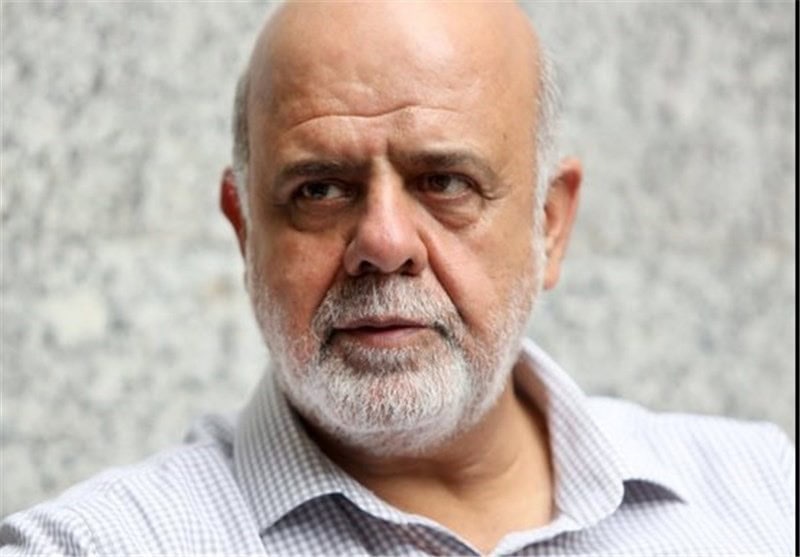
An Iranian general from the Islamic Revolutionary Guard Corps (IRGC) this week began his new position as Tehran’s ambassador to Iraq. The selection of Brigadier General Iraj Masjedi, the senior adviser to the commander of the IRGC extraterritorial branch the Qods Force, highlights Tehran’s strategy to assert itself as the dominant foreign power in its western neighbor following the Mosul campaign. Since 2003 all Iranian ambassadors to Iraq have been Qods Force officers.

Qatar recently secured the release of Qatari hostages, including members of the royal family. But its diplomatic victory was marred by reports that a multi-million dollar ransom was paid to a US-designated terrorist group and an al Qaeda-linked joint venture in Syria.
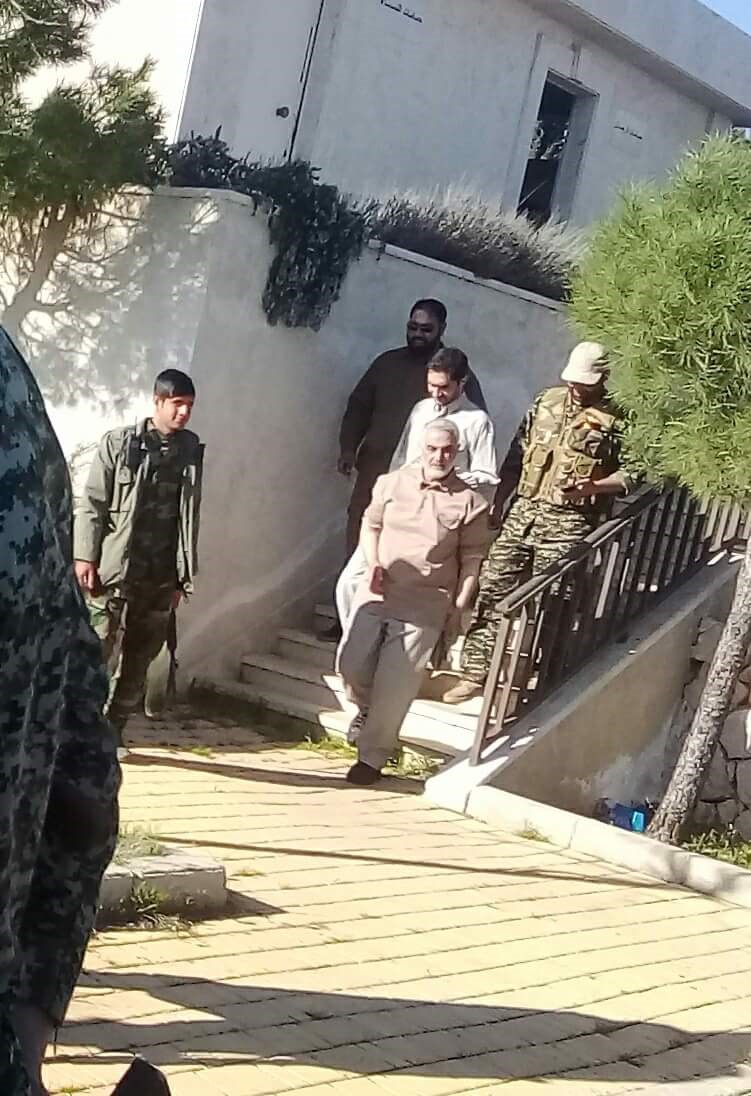
A photo surfaced on Friday claiming to show Qassem Soleimani, the chief of the Islamic Revolutionary Guard Corps (IRGC) extraterritorial branch the Qods Force, in the northern countryside of Syria’s central province of Hama. Meanwhile, the IRGC announced the deaths of three additional Guard soldiers including a brigadier general second class in Syria.
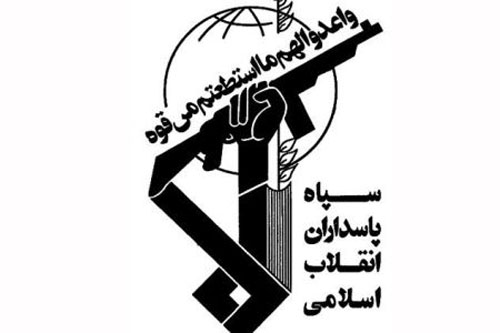
Iranian authorities have confirmed that at least two Iranians were killed in combat in Syria’s Hama province. Pro-Assad regime forces have been fighting a major insurgent offensive that was launched by a number of groups in Hama earlier this month.
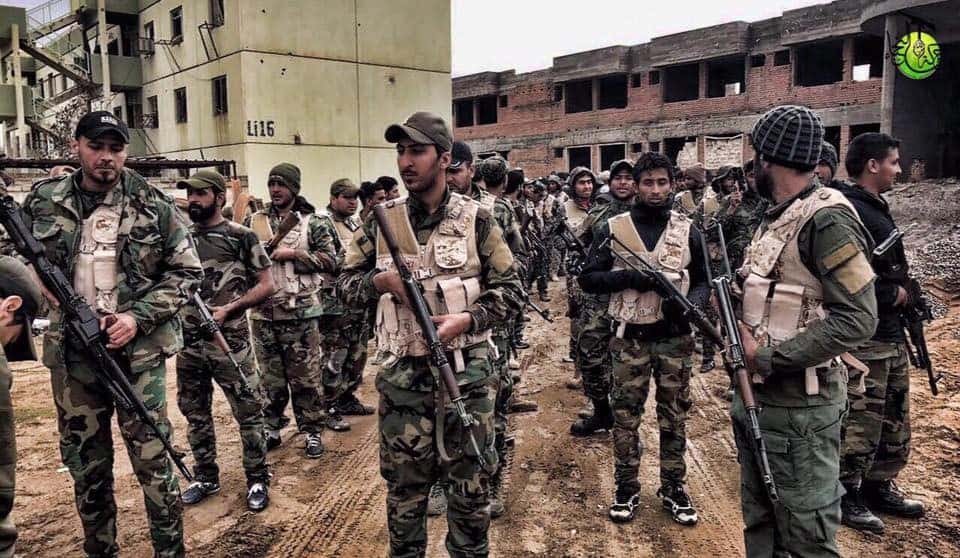
The Tehran-controlled Iraqi militia Harakat al Nujaba announced today that it is joining pro-Syrian regime forces in Hama province. Insurgents launched a massive offensive in the northern countryside of Hama earlier in the week.
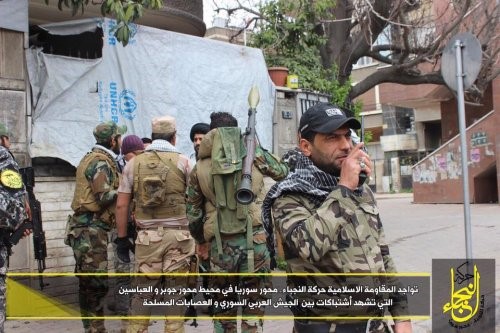
The Tehran-controlled Iraqi militia Harakat al Nujaba has announced its participation in a battle raging east of Damascus, joining regime forces in the Jobar and Abbasin districts.
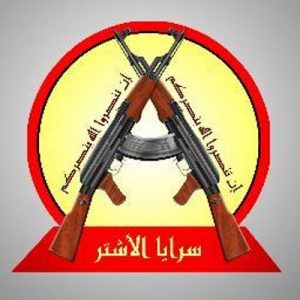
The U.S. State Department on Friday announced the designation of two Bahraini nationals affiliated with Iran-backed militant group the Ashtar Brigades. The designation of the two individuals comes amidst repeated attempts by Tehran and its Islamic Revolutionary Guard Corps (IRGC) to foment an insurgency against the rulers of the tiny island, who have launched a widespread crackdown on all Shiite opposition. Friday’s announcement signals a new tone in US policy towards Iran’s malign activities in the region.